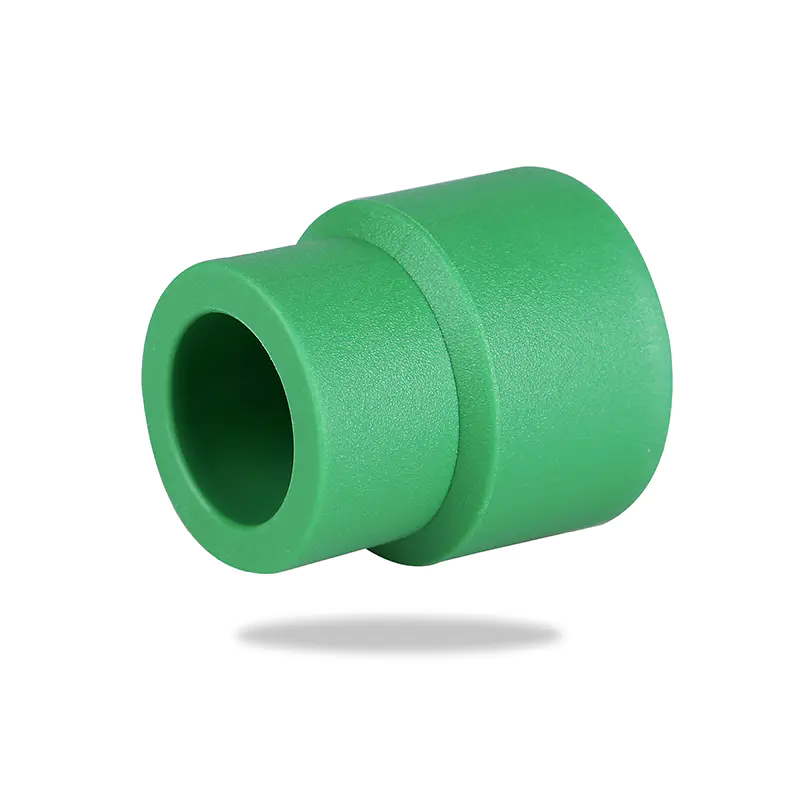How to improve the corrosion resistance and chemical resistance of ppr-coupling?
Feb.22.2024
Improving the corrosion resistance and chemical resistance of PPR couplings can be achieved through various methods and techniques. Here are some strategies: Material Modification: Enhance the chemical and corrosion resistance of PPR couplings by incorporating additives or modifiers into the material formulation. These additives may include antioxidants, stabilizers, or inhibitors that protect the polymer matrix from degradation when exposed to corrosive substances.
Surface Treatment: Apply a protective coating or surface treatment to the PPR coupling to create a barrier against corrosive agents. This can be achieved through methods such as electroplating, chemical coating, or plasma deposition, which form a thin layer of corrosion-resistant material on the surface of the coupling.
Composite Materials: Use composite materials or hybrid structures to combine the inherent properties of PPR with other corrosion-resistant materials. For example, incorporating glass fibers or carbon fibers into the PPR matrix can improve its mechanical strength and resistance to chemical attack.
Specialized Formulations: Develop specialized PPR formulations tailored to specific applications or environments where increased corrosion resistance is required. These formulations may include additional additives or modifiers designed to enhance resistance to particular chemicals or environmental conditions.
Quality Control: Implement stringent quality control measures during the manufacturing process to ensure that PPR couplings meet specified standards for chemical and corrosion resistance. This includes using high-quality raw materials, maintaining consistent production parameters, and conducting rigorous testing and inspection procedures.
Proper Installation: Ensure proper installation of PPR couplings in plumbing systems to minimize exposure to corrosive substances and prevent damage or degradation. This includes following manufacturer recommendations for joint preparation, fusion techniques, and system design to maintain integrity and performance over time.
Regular Maintenance: Implement regular maintenance and inspection procedures to monitor the condition of PPR couplings and address any signs of corrosion or deterioration promptly. This may involve cleaning, flushing, or treating the plumbing system to remove accumulated debris or contaminants that could compromise performance.
By implementing these strategies, it is possible to enhance the corrosion resistance and chemical resistance of PPR couplings, ensuring long-term durability and reliability in various plumbing applications.


 EN
EN
 AR
AR
 BG
BG
 HR
HR
 CS
CS
 DA
DA
 NL
NL
 FR
FR
 DE
DE
 EL
EL
 IT
IT
 JA
JA
 KO
KO
 PL
PL
 PT
PT
 RO
RO
 RU
RU
 ES
ES
 SV
SV
 TL
TL
 IW
IW
 SR
SR
 SK
SK
 UK
UK
 VI
VI
 SQ
SQ
 ET
ET
 HU
HU
 MT
MT
 FA
FA
 AF
AF
 MS
MS
 GA
GA
 CY
CY
 IS
IS
 AZ
AZ
 LA
LA
 MN
MN
 UZ
UZ
 KY
KY

